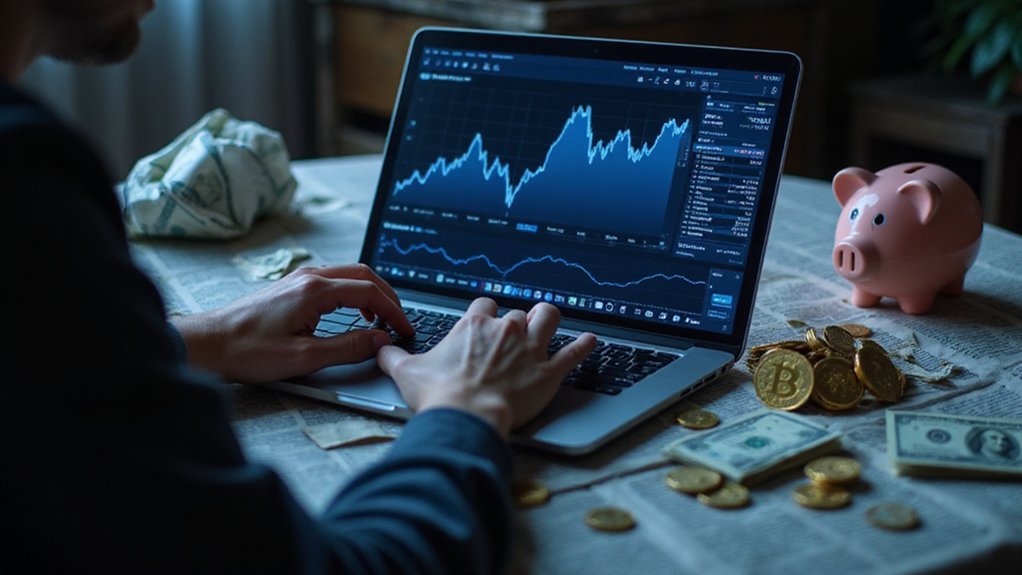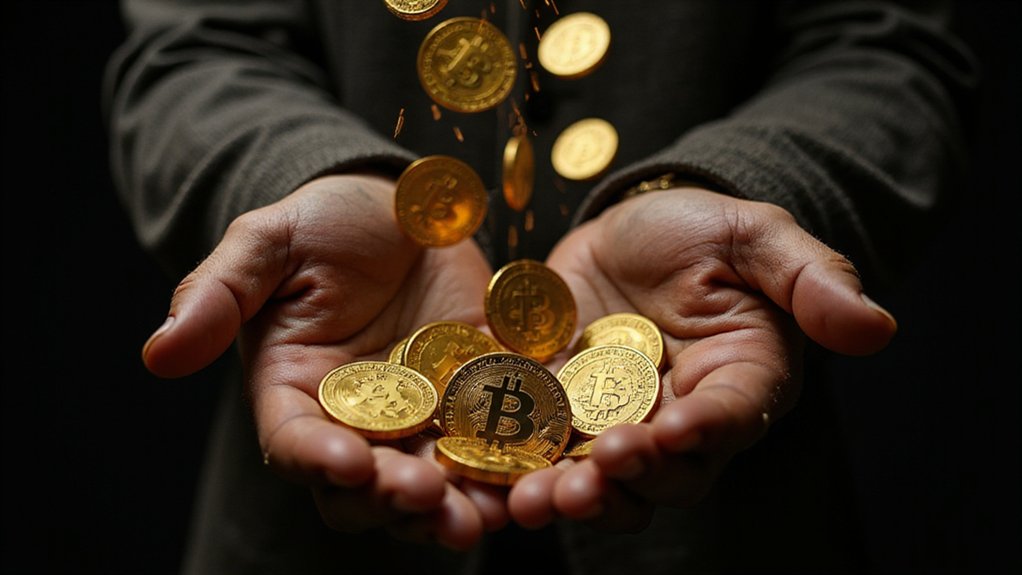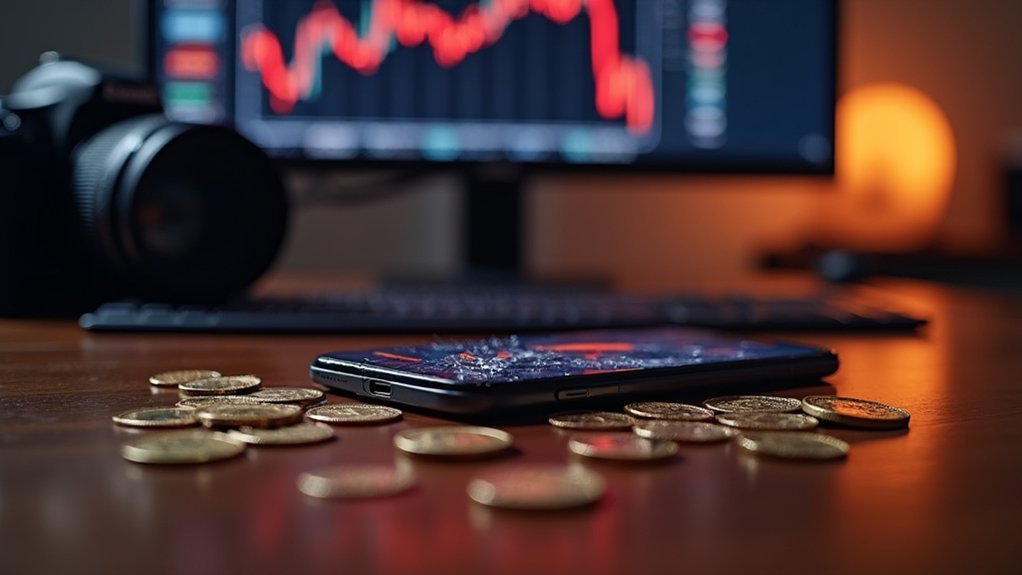Why are investors clutching their Bitcoin wallets with unprecedented tenacity as economic storm clouds gather on the horizon?
As recession fears mount and global trade tensions escalate, Bitcoin—once conceived as a maverick alternative to traditional finance—has paradoxically become entangled in the very market dynamics it sought to circumvent.
This curious phenomenon reflects the cryptocurrency’s evolution from fringe digital experiment to mainstream financial instrument worthy of institutional consideration.
The Federal Reserve’s precarious balancing act between taming inflation and preventing unemployment has created a monetary policy conundrum that, rather counterintuitively, drives investors toward digital assets.
Bitcoin’s recent retreat from its all-time high to $74,000 notwithstanding, many market participants view this volatility not as deterrent but opportunity—a chance to accumulate what some consider “digital gold” before the next economic paradigm shift occurs.
Despite Peter Schiff’s dogged predictions of Bitcoin’s imminent demise in a purported 2025 financial cataclysm, the cryptocurrency’s resilience during market turbulence has confounded critics and galvanized proponents.
The irony that Bitcoin—born from the ashes of the 2008 financial crisis—might face an existential test during another economic collapse is not lost on market veterans watching this peculiar asset class mature in real-time.
Liquid assets typically experience precipitous declines during recessionary periods as investors scramble for cash, yet Bitcoin’s proponents increasingly position it as a hedge against precisely this scenario.
The synchronized declines between cryptocurrencies and traditional equities during recent market stress events suggest this narrative requires further empirical validation.
Interest rate policies remain the invisible hand guiding Bitcoin’s fate; rate cuts might temporarily buoy digital assets but potentially trigger inflationary pressures that test Bitcoin’s purported store-of-value proposition.
Meanwhile, institutional investors cautiously monitor cryptocurrency ETF flows—those financial instruments that have democratized access to digital assets while simultaneously binding them more tightly to conventional market movements.
As economic uncertainty persists, Bitcoin’s status as either safe harbor or speculative luxury good continues to evolve in this fascinating financial laboratory experiment playing out on a global scale.
The diminishing returns from mining operations post-2024 halving have created additional scarcity dynamics, further intensifying the hoarding behavior among investors with long-term conviction.
The establishment of the U.S. Strategic Bitcoin Reserve in March 2025 has further intertwined government policy with cryptocurrency markets, adding another layer of complexity to Bitcoin’s evolving role in the financial ecosystem.
The recent Black Monday of April 7, 2025, which triggered massive losses across multiple asset classes, has become another critical test for Bitcoin’s claimed countercyclical properties.









